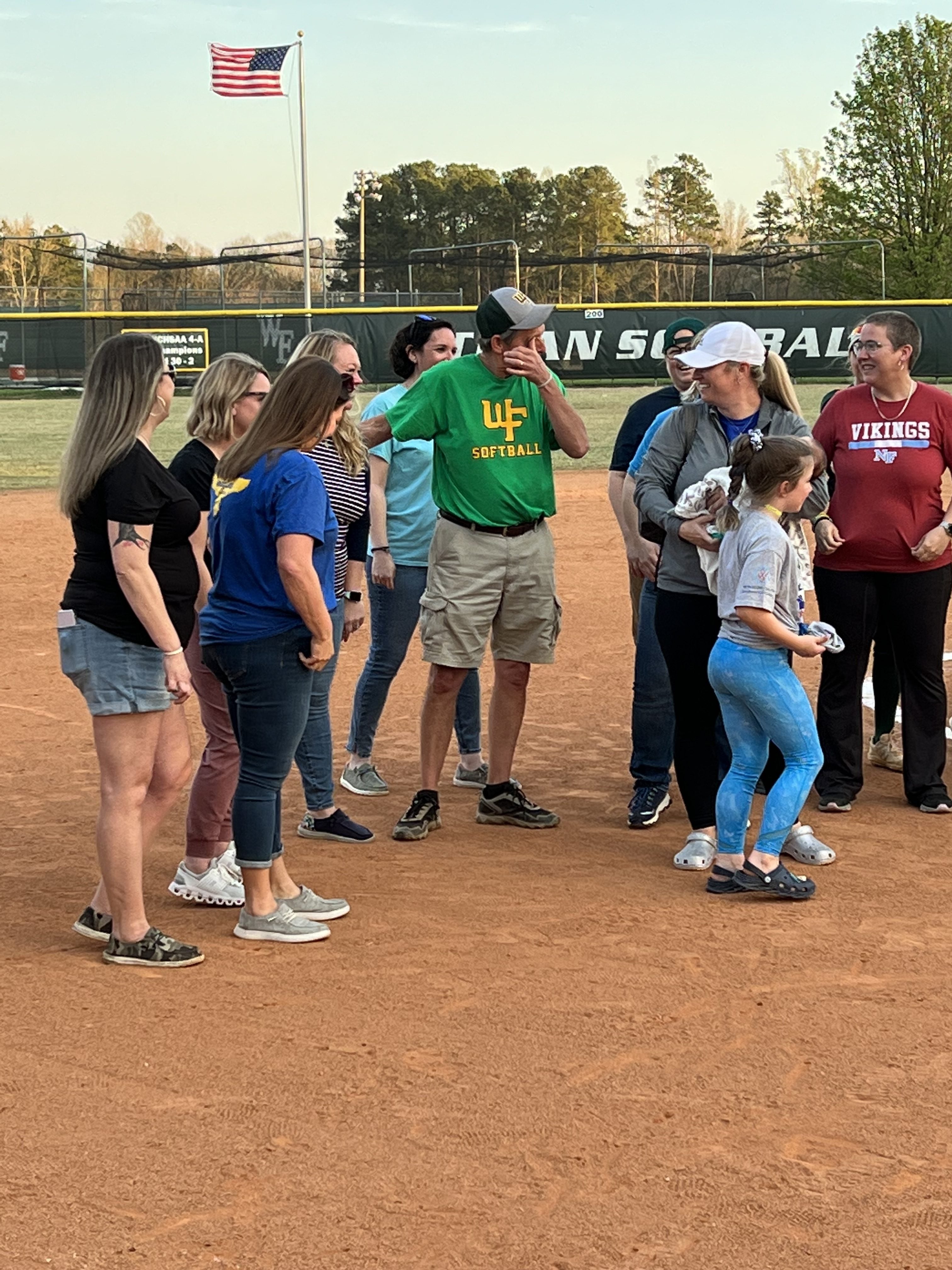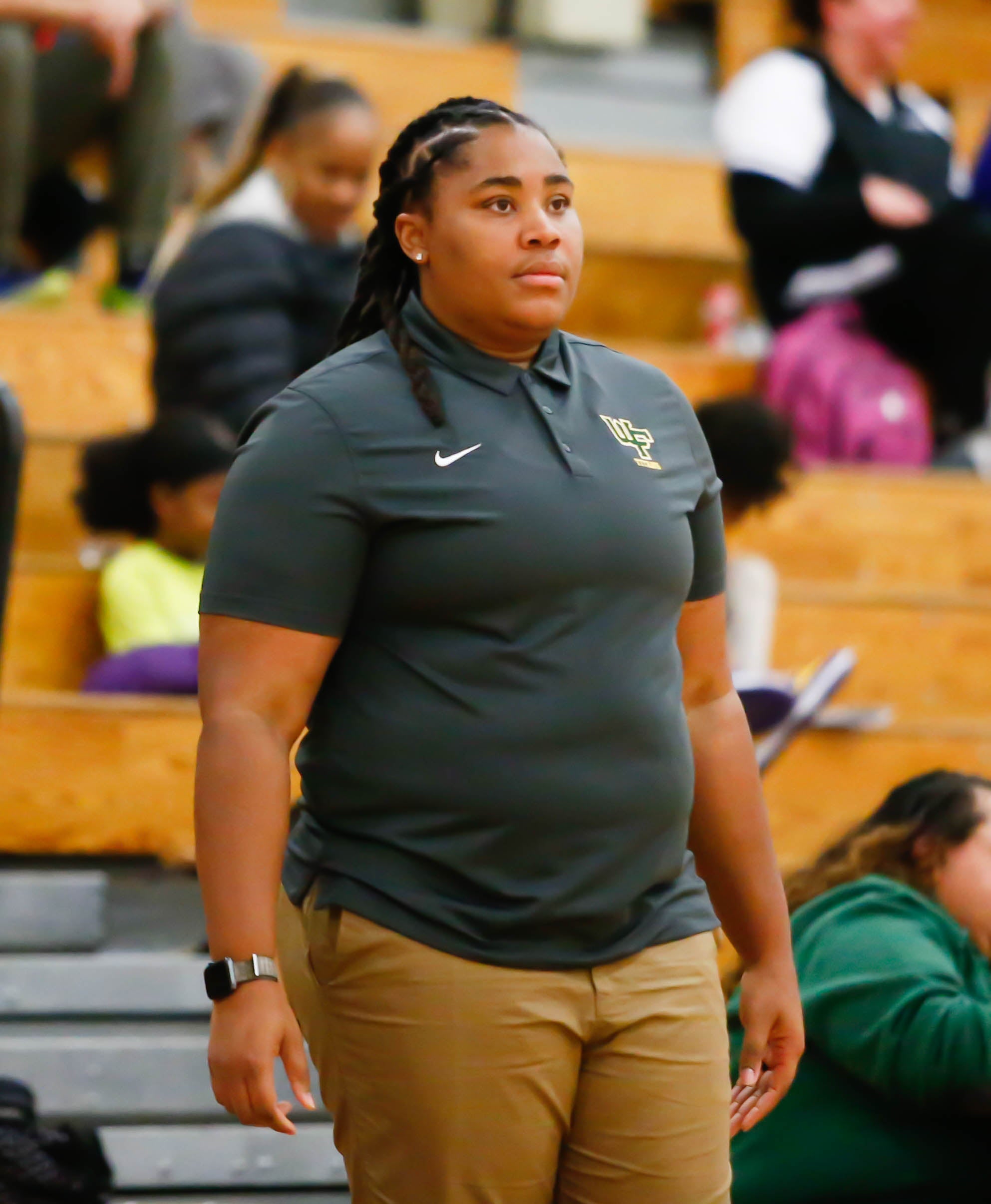Wanna step outside? Flounder overharvest last year reduces upcoming window
Published 12:00 am Thursday, July 6, 2023

- North Carolina fishermen will have only a two-week window in late September to catch and keep flounder. The NCDMF set the season last week. - Dan Kibler
|
Getting your Trinity Audio player ready...
|
By Dan Kibler
Just when you thought things couldn’t get any worse, the N.C. Division of Marine Fisheries goes and does something that would have been unthinkable a few years ago.
DMF announced last week that North Carolina’s recreational season on flounder will last all of two weeks this fall — compared to four weeks in 2022, six weeks in 2021 and year-round before that.
Fishermen will be allowed to keep flounder from 12:01 a.m. on Sept. 15 through 11:59 p.m. on Sept. 29. Fishermen can keep one flounder per day, with a 15-inch size minimum.
The harvest of flounder with a Recreational Commercial Gear License will be prohibited.
DMF said the shorter season was a reflection of how well fishermen did last year during the month-long season when they exceeded the allowable harvest of 170,655 pounds by more than 55,000 pounds. That latter total was subtracted from the allowable harvest for 2023, dropping it to 114,315 pounds.
The allowable harvest quota is set annually to keep the number of fish taken within the boundaries of a management plan for southern flounder approved by the DMF. The severe restrictions will continue for several more years, despite statistics that indicate recreational fishermen catch only 30 percent of the total catch — commercial fishermen account for the other 70 percent. DMF said it would release dates for the commercial season in the near future.
DMF estimates the number of flounder that are caught and released by later die — discard mortality — in the harvest quota and said it had contributed significantly to the recent overharvest.
Time to plan fall planting, hunting plans
July is a “dead” month for most hunters across North Carolina; dove fields were likely planted in late May and June, and most fall food plots won’t be planted until late September or October.
But July should be a planning month, according to Jeff Burleson, a North Carolina native who is a wildlife biologist with Southern Palmetto Environmental Consulting.
“It’s not time to start planting a lot of things, but it’s a good time to plan what you’re going to plant and where and when you’re going to plant it,” Burleson said. “You can buy the seed you’re going to need; you can get your soil tested and figure out how much fertilizer and what kinds of fertilizer you’re going to need.”
Burleson said the only food-plot planting available during the peak of summer heat would be brassicas: kale, turnips, rape and radishes. They’re often planted with fall plantings, but they can be planted in the summer to take advantage of the extended daylight and optimal growing conditions. Deer won’t start hitting them until after the first frost. Then, they’ll eat both the foliage and the tubers, which are high in carbohydrates.
Burleson said that having your trail cameras out and operating is a great idea in July; you’ll often see plenty of bucks and be able to grade them and decide which ones to target come deer season.
“You should 100 percent start looking at trail cameras,” Burleson said. “June, July and August, bucks are in bachelor groups, and you can get a good idea of what you want to kill. Especially in July, you’ll see the best antler growth. Usually, 75 percent to 80 percent of antler growth is in July.”
Marine fisheries want red snapper carcasses
If flounder fishermen think they have it bad, fishermen who target red snapper in waters off North Carolina have only two days to harvest fish this year: July 14-15.
The N.C. Division of Marine Fisheries wants to collect red snapper carcasses during that brief period of time for research purposes. It is setting up 15 freezer locations where fishermen can deposit their red snapper carcasses for donation:
- Bridgetender Marina in Wilmington
- Carolina Beach Municipal Docks
- Capt. Stacy Fishing Center, Atlantic Beach
- Carolina Princess headboat dock, Morehead City
- Oden’s Dock, Hatteras
- Cape Pointe Marina, Harkers Island
- Frisco Rod & Gun, Frisco
- Jennette’s Pier, Nags Head
- Eastside Bait & Tackle, Washington
- Dudley’s Marina, Swansboro
- Pelagic Hunter Fishing Center, Sneads Ferry
- Sea View Crab Company, Wilmington
- Tex’s Tackle, Wilmington
- NCDMF Headquarters, Morehead City
- Marine Corps Air Station Cherry Point (available only to those with military base access.
Anglers who donate a red snapper carcass will receive a certificate from the N.C. Saltwater Fishing Tournament. When cleaning, anglers should leave the head and tail intact and, if possible, leave the guts/reproductive organs. Instructions for packaging the carcasses are posted on each freezer.
DMF biologists will measure the fish, determine gender when possible, and remove the ear bones to determine age. The information will wind up with the National Marine Fisheries Service for use in future stock assessments.
More Sports





